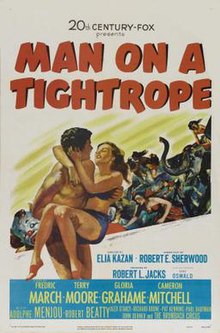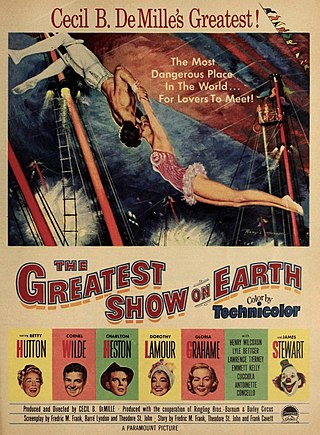
The Greatest Show on Earth is a 1952 American drama film produced and directed by Cecil B. DeMille, shot in Technicolor and released by Paramount Pictures. Set in the Ringling Bros. and Barnum & Bailey Circus, the film stars Betty Hutton and Cornel Wilde as trapeze artists competing for the center ring and Charlton Heston as the circus manager. James Stewart also stars as a mysterious clown who never removes his makeup, and Dorothy Lamour and Gloria Grahame also play supporting roles.
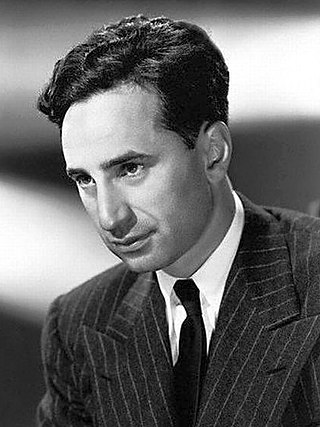
Elias Kazantzoglou, known as Elia Kazan, was an American film and theatre director, producer, screenwriter and actor, described by The New York Times as "one of the most honored and influential directors in Broadway and Hollywood history".
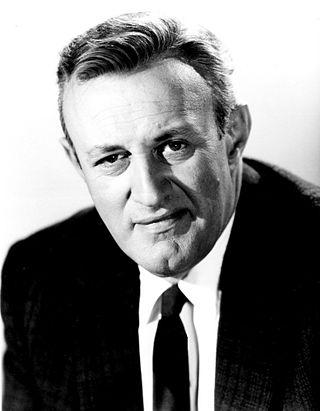
Lee J. Cobb was an American actor, known both for film roles and his work on the Broadway stage, as well as for his television role in the series, The Virginian. He often played arrogant, intimidating and abrasive characters, but he also acted as respectable figures such as judges and police officers. Cobb originated the role of Willy Loman in Arthur Miller's 1949 play Death of a Salesman under the direction of Elia Kazan, and was twice nominated for the Academy Award for Best Supporting Actor, for On the Waterfront (1954) and The Brothers Karamazov (1958).

Richard Allen Boone was an American actor who starred in over 50 films and was notable for his roles in Westerns, including his starring role in the television series Have Gun – Will Travel.

Carnival Story is a 1954 drama film directed by Kurt Neumann, produced by Frank King and Maurice King, starring Anne Baxter and Steve Cochran, and released by RKO Radio Pictures. It was made as a co-production between West Germany and the United States.

Berserk! is a 1967 British horror-thriller film directed by Jim O'Connolly and starring Joan Crawford, Ty Hardin, Diana Dors and Judy Geeson. The screenplay was written by Herman Cohen and Aben Kandel.
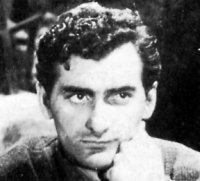
Bonar Colleano was an American-British stage and film actor based in the United Kingdom.
James Edmund Neil Paterson was a Scottish writer of novels, short stories and screenplays. He won the 1959 Academy Award for Best Adapted Screenplay for Room at the Top. Before his success as a writer, he worked in journalism and had a brief career as an amateur footballer, playing for Buckie Thistle, Leith Athletic and Dundee United in the Scottish Football League.
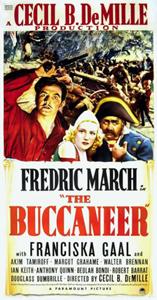
The Buccaneer is a 1938 American adventure film made by Paramount Pictures starring Fredric March and based on Jean Lafitte and the Battle of New Orleans during the War of 1812. The picture was produced and directed by Cecil B. DeMille from a screenplay by Harold Lamb, Edwin Justus Mayer and C. Gardner Sullivan adapted by Jeanie MacPherson from the 1930 novel Lafitte the Pirate by Lyle Saxon. The music score was by George Antheil and the cinematography by Victor Milner.

In circus and vaudeville acts, a target girl is a female assistant in "impalement" acts such as knife throwing, archery or sharpshooting. The assistant stands in front of a target board or is strapped to a moving board and the impalement artist throws knives or shoots projectiles so as to hit the board and miss the assistant. The image or character of the target girl has become an icon in fiction and visual media.

The Mercenary, known in the UK as A Professional Gun, is a 1968 Zapata Western film directed by Sergio Corbucci. The film stars Franco Nero, Jack Palance, Tony Musante, Eduardo Fajardo and Giovanna Ralli, and features a musical score by Ennio Morricone, taking inspiration from his work in Guns for San Sebastian, and Bruno Nicolai.

Lola Montès is a 1955 historical romance film and the last completed film of German-born director Max Ophüls. Based on the novel La vie extraordinaire de Lola Montès by Cécil Saint-Laurent, the film depicts the life of Irish dancer and courtesan Lola Montez (1821–1861), portrayed by Martine Carol, and tells the story of the most famous of her many notorious affairs, those with Franz Liszt and Ludwig I of Bavaria. A co-production between France and West Germany, the dialogue is mostly in French and German, with a few English-language sequences. The most expensive European film produced up to its time, Lola Montès underperformed at the box office. However, it had an important artistic influence on the French New Wave cinema movement and continues to have many distinguished critical admirers. Heavily re-edited and shortened after its initial release for commercial reasons, it has been twice restored. It was released on DVD and Blu-ray in North America by The Criterion Collection in February 2010.

The Big Circus is a 1959 American drama film directed by Joseph M. Newman and starring Victor Mature as a circus owner struggling with financial trouble and a murderous unknown saboteur. It was produced and cowritten by Irwin Allen, later known for a series of big-budget disaster films.

Siren of Bagdad is a 1953 Technicolor fantasy adventure film produced by Sam Katzman and directed by Richard Quine set in the medieval Iraq. It stars Paul Henreid as a travelling Master magician who seeks to recover his troop of beautiful dancing girls who are to be sold into slavery. Patricia Medina portrays his love interest who seeks to overthrow the corrupt Grand Vizier with the magician's help. Hans Conried plays the sidekick to Quine's magician, who is transformed into a beautiful blonde woman who spies and distracts the Grand Vizier while retaining Conried's voice.

The Man Who Finally Died is a 1963 British CinemaScope thriller film directed by Quentin Lawrence and starring Stanley Baker, Peter Cushing, Mai Zetterling and Eric Portman. It was based on the 1959 ITV series of the same name. The screenplay concerns a German immigrant living in Britain who receives a mysterious phone call telling him his father is not really dead. He returns to Bavaria to investigate the matter.

Big Top Scooby-Doo! is a 2012 direct-to-DVD animated comedy mystery film, the eighteenth entry in the direct-to-video series of Scooby-Doo films. The DVD was released on October 9, 2012, by Warner Home Video, and made its TV premiere on September 8, 2012, on Cartoon Network in the United States.

Bavaria Studios are film production studios located in Munich, the capital of the region of Bavaria in Germany, and a subsidiary of Bavaria Film.
Hans Kuhnert was a German actor, art director and production designer. Kuhnert began his career as an actor during the silent era. He played the lead alongside Olga Chekhova in Violet. From the mid-1930s Kuhnert switched to working on the visual design of film sets. He worked frequently at this into the 1960s. He was sometimes credited as Hanns H. Kuhnert.
Smugglers of Death is a 1959 Czechoslovak drama directed by Karel Kachyňa. The film is about members of SNB who guard Czechoslovak border in 1948. The film was viewed by more than 4 million people after its release in 1959.

Josef Pavel was a Czechoslovak communist politician and military official who served as Minister of Interior of Czechoslovakia during the Prague Spring.
